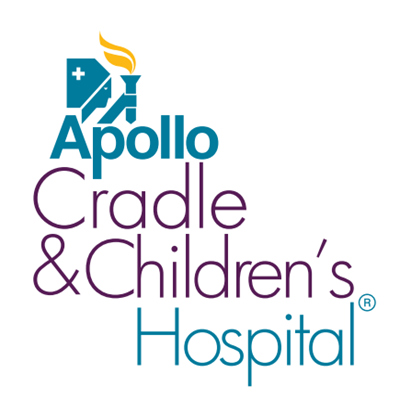Minimal invasive surgery
This is an advanced form of operation where highly efficient tools are used while operating. Through MIS, small cuts are made in the body and thus damages incurred are also much less than traditional ones. This method is preferable and is characterized by fewer scars, minimal complications, and less number of hospital stays.
In MIS, laparoscopy is the most common. In these small cuts - one or more are made and small tools and cameras are inserted through the holes to make the needed surgery. Robotic MIS has also become popular recently. The physicians obtain a 3D view of the area which helps them to operate with accuracy and precision.
Who qualifies for the procedure?
Individuals who are suffering from heart complications and need to go through operations can opt for this procedure. The physician will diagnose the issues and consider which MIS will be right. MIS is optimal for patients who are suffering from various complications. However, if the case is too critical, the physicians can opt for traditional operations.
Physicians can now operate MIS in several cases. The most common ones include
- Heart surgery.
- Gallbladder operation.
- Spine surgery.
- Removing spleen.
- Kidney removal surgery.
- Destroying a cancer tumour.
- Any form of gastroenterological surgery.
- Orthopaedic surgery.
- Thoracic surgery.
- Urologic surgery.
- Endovascular surgery.
Medical science has advanced and several operations can be performed with MIS. It is essential to have a talk with your doctor about what is preferable for you.
Why is the procedure conducted?
The 1980s saw the emergence of minimally invasive surgery as a safe and efficient method to address the surgical requirements of many patients. Many surgeons now favour it over traditional (open) surgery, which calls for larger incisions and frequently necessitates a lengthier hospital stay, after 20 years of practice.
Patients undergoing this kind of surgery need very little healing time and can go home within a day or on the same day. If you are planning to undergo surgery, you can ask your physician if they would perform an MIS. However, the surgical process depends on the nature of the complications.
Benefits of the surgery
This method has become quite common in the medical field. There are several benefits of MIS. These include
- Smaller cuts: Only small cuts are needed to make the needed surgery in MIS. With the help of special tools, physicians can make the operations using smaller cuts.
- Fewer scars: Small cuts are made in MIS which need fewer stitches. The scarring is also less and gets healed within a short frame of time.
- Optimal accuracy and low complications: The physicians use a special camera and 3D images during operations which gives them a clearer view of the organs. The accuracy is also high and produces better results. Blood loss is a major issue in open surgeries which is reduced in MIS.
- Less painful: Operations through MIS are less painful. This might be because bodies receive less trauma during MIS and can heal easily.
- Shorter duration of hospital days: It is one of the most beneficial sides of MIS. The cuts and scars made through MIS get healed very easily and patients can return to their normal forms in a short duration in comparison to the traditional ones. The duration of hospital stays is also less in the case of MIS.
Risks or complications
This operation involves minor cuts and incisions. Advanced technologies are used to make the surgeries. This type of operation is less risky than the traditional ones. However, there is still a chance of anaesthetic, bleeding, or infection issues even with this minimally invasive surgery.
Request an appointment at Apollo Cradle, Bengaluru - Koramangala. Call 1860-500-4424 to book an appointment.
In MIS, small incisions are made and highly advanced technologies are used to make the needed operations, while in traditional operations large cuts are made, and then operations are conducted by seeing the surgical area.
The recovery time in MIS is minimal compared to the traditional ones. The time needed to recover depends upon the patient and the type of surgery. However, on average 5 weeks are needed.
Though MIS is safer and technologically advanced, it is still a major operation where advanced tools are used. The surgeries are critical and yes, it is going to hurt some.
Yes. MIS is a major operation and in all cases, the patients are given anesthesia. The nature of anaesthesia - whether it will be regional or full body depends on the physician and the type of surgery.
Small cuts are made in MIS. The scars left behind will be much smaller than the ones made in traditional operations. The cuts are very small in size, usually ranging from ½ to 1 inch.

 93% Patient Satisfaction Score
93% Patient Satisfaction Score























